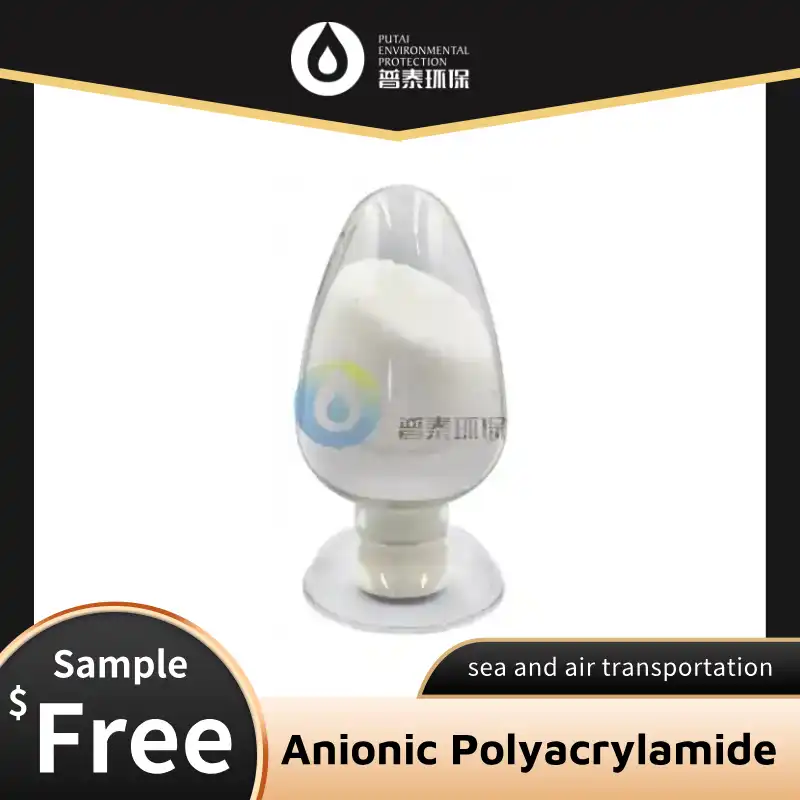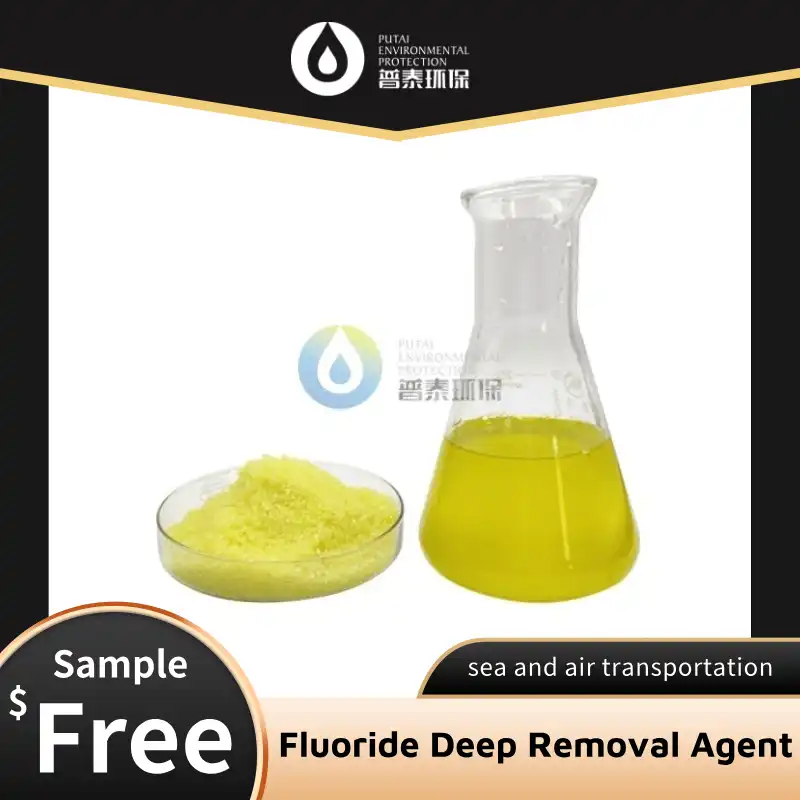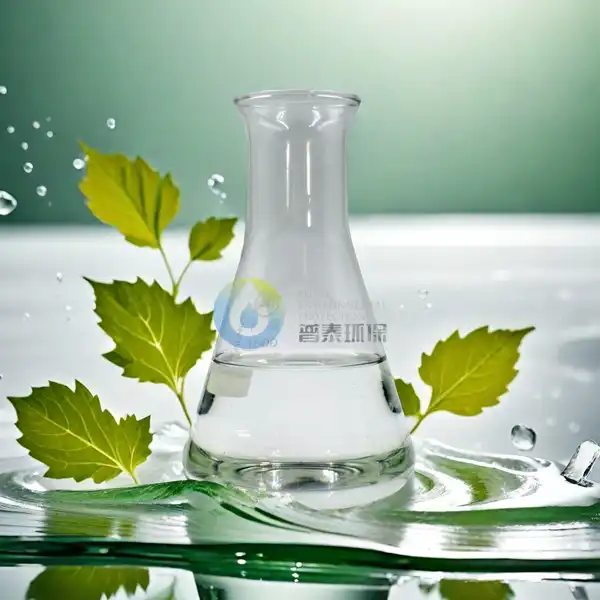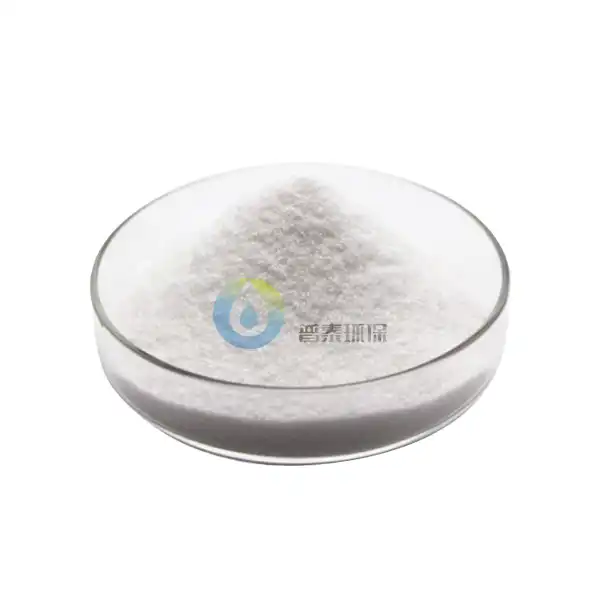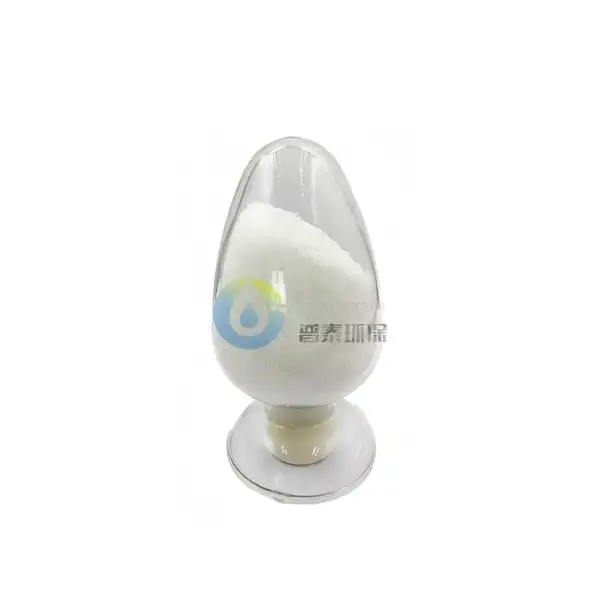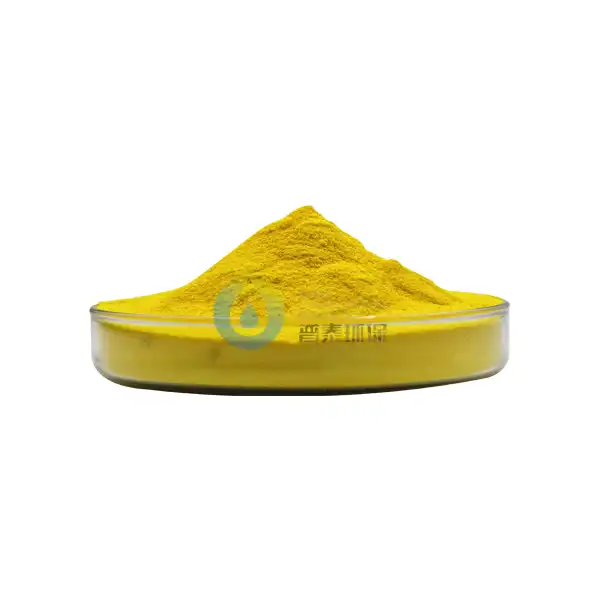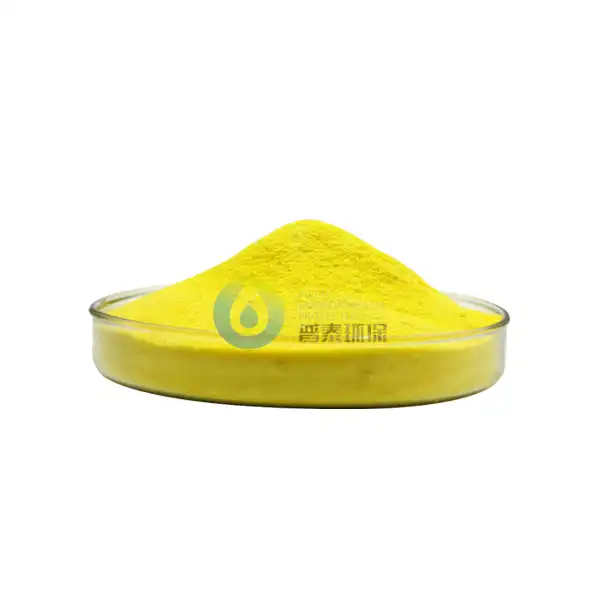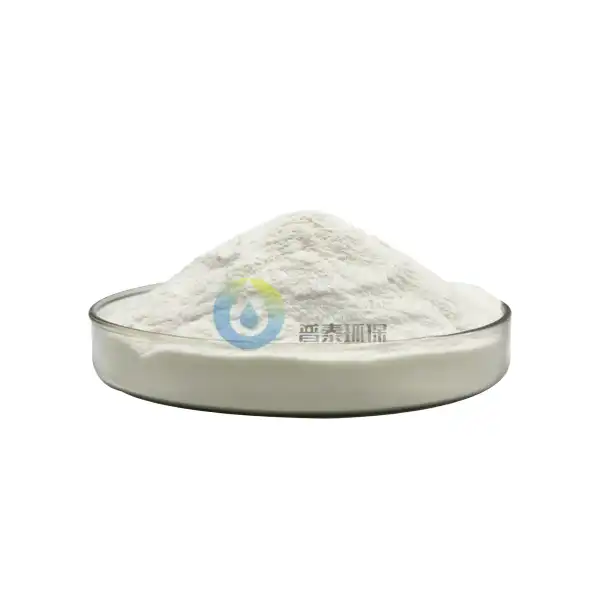What is Drinking Grade PAC?
Polyaluminum Chloride (PAC) for drinking water treatment is a revolutionary water purification chemical that has transformed the way we ensure safe drinking water. As an advanced inorganic polymer coagulant, drinking grade PAC has become increasingly popular in municipal water treatment facilities and industrial applications worldwide. This high-performance chemical compound effectively removes impurities, turbidity, and harmful substances from raw water sources, making it safe for human consumption while maintaining strict quality standards set by international regulatory bodies. The molecular structure of drinking grade PAC consists of polymeric aluminum species with varying degrees of polymerization, which contributes to its superior performance in water treatment processes.
How Does PAC Compare to Traditional Water Treatment Chemicals?
The evolution of water treatment technology has led to significant improvements in coagulation efficiency and overall water quality. Drinking grade PAC demonstrates superior performance compared to traditional coagulants like aluminum sulfate (alum) in several key aspects. The unique molecular structure of PAC, featuring pre-hydrolyzed aluminum species, enables faster floc formation and better settling characteristics across a wider pH range. This enhanced efficiency translates to lower dosage requirements, typically 30-50% less than conventional coagulants, resulting in reduced sludge production and operational costs.
Furthermore, PAC exhibits exceptional performance in cold water conditions, where traditional coagulants often struggle to maintain effectiveness. The stable aluminum species in PAC remain active even at low temperatures, ensuring consistent water treatment throughout seasonal changes. The reduced alkalinity consumption of PAC also leads to minimal pH adjustment requirements, simplifying the treatment process and reducing chemical handling costs. Modern water treatment plants increasingly favor PAC due to its ability to remove natural organic matter (NOM) more effectively, thereby reducing the formation of potentially harmful disinfection by-products (DBPs) during the chlorination process.
Water quality professionals particularly appreciate PAC's versatility in handling varying raw water conditions. Whether dealing with high turbidity during storm events or seasonal algal blooms, PAC maintains stable performance while requiring minimal operational adjustments. This adaptability, combined with its lower aluminum residual in treated water, makes it an environmentally conscious choice for sustainable water treatment operations. The enhanced coagulation mechanism of PAC also results in stronger and more compact flocs, leading to improved settling characteristics and reduced clarifier retention times.
One of the most significant advantages of PAC over traditional coagulants is its ability to perform effectively in challenging water conditions. The pre-hydrolyzed nature of PAC means it can maintain its coagulation efficiency even in waters with low temperature, low turbidity, or high organic content. This stability reduces the need for seasonal adjustments in treatment parameters, leading to more consistent operational performance and reduced monitoring requirements.
What Are the Key Applications of Drinking Grade PAC in Water Treatment?
Drinking grade PAC finds extensive applications across various water treatment scenarios, each showcasing its versatility and effectiveness. In municipal water treatment plants, PAC serves as the primary coagulant for removing suspended solids, colloidal particles, and dissolved organic matter. The rapid flocculation characteristics of PAC enable treatment plants to optimize their clarification processes, reducing retention time requirements and increasing overall plant capacity.
Industrial applications of drinking grade PAC extend beyond conventional water treatment. Food and beverage manufacturers utilize PAC to ensure their process water meets stringent quality standards. The pharmaceutical industry relies on PAC for producing ultrapure water essential for manufacturing operations. Additionally, PAC plays a crucial role in treating surface water sources with high organic content, effectively removing color-causing compounds and improving the aesthetic quality of treated water.
The application flexibility of PAC extends to emergency water treatment situations, where rapid deployment and reliable performance are essential. Mobile water treatment units equipped with PAC-based systems provide quick response capabilities during natural disasters or infrastructure failures. The stability of PAC solutions allows for extended storage periods without degradation, making it an ideal choice for emergency preparedness planning.
In recreational water treatment, such as swimming pools and water parks, PAC helps maintain crystal clear water while reducing chlorine demand. The efficient removal of organic matter prevents the formation of chloramines, which are responsible for the characteristic "pool smell" and potential respiratory irritation. This application demonstrates PAC's ability to enhance both water quality and user comfort in various settings.
The growing trend toward sustainable water treatment practices has highlighted PAC's role in water reuse applications. Its effectiveness in removing a wide range of contaminants makes it particularly valuable in water recycling systems, where consistent and reliable treatment is essential. The lower sludge production associated with PAC usage also aligns well with environmental sustainability goals, reducing the overall waste footprint of treatment facilities.
What Are the Quality Standards and Certification Requirements for Drinking Grade PAC?
The production and distribution of drinking grade PAC must adhere to stringent quality standards and certification requirements to ensure public safety. International organizations, including NSF International and the American Water Works Association (AWWA), establish comprehensive guidelines for PAC manufacturers. These standards encompass various aspects, from raw material selection to finished product specifications, ensuring consistency and safety in water treatment applications.
Quality certification for drinking grade PAC involves rigorous testing protocols that evaluate multiple parameters. These include aluminum content, basicity, specific gravity, pH, and trace metal impurities. Manufacturers must demonstrate consistent compliance with these specifications through regular third-party testing and certification programs. The certification process also includes production facility audits to verify adherence to Good Manufacturing Practices (GMP) and quality management systems.
Documentation requirements for drinking grade PAC are equally comprehensive. Manufacturers must maintain detailed records of production batches, quality control test results, and distribution channels. This traceability system ensures that any quality issues can be quickly identified and addressed. Safety Data Sheets (SDS) and technical specifications must be regularly updated to reflect the latest regulatory requirements and product characteristics.

International standards harmonization efforts have led to increased consistency in PAC quality requirements across different regions. While specific regulations may vary by country, the fundamental quality parameters remain largely uniform. This standardization facilitates global trade while maintaining high safety standards for drinking water treatment chemicals. Regular monitoring of treated water quality, including aluminum residuals and other relevant parameters, provides ongoing validation of PAC performance and compliance with drinking water standards.
The quality control process for drinking grade PAC extends beyond basic chemical analysis to include performance testing under various conditions. Manufacturers must validate their products' effectiveness across different water quality scenarios, ensuring consistent performance in real-world applications. This comprehensive approach to quality assurance helps water treatment facilities maintain reliable operations while meeting increasingly stringent regulatory requirements.
Xi'an Putai Environmental Protection Co., Ltd. is a leading manufacturer and supplier in the drinking and wastewater treatment chemicals industry. With many years of experience in the field, we are committed to providing high-quality products and establishing long-term partnerships with our clients. Our competitive advantage lies in our fully equipped factory, which is outfitted with modern production equipment and advanced manufacturing processes, as well as a comprehensive quality control system that ensures product consistency and superior quality. Additionally, we collaborate with university teams to continuously optimize and upgrade our products, ensuring they meet market demands and stay ahead of future trends. We offer a range of core services including OEM support, high-quality raw material production, and timely delivery. If you're interested in learning more or exploring potential cooperation, please feel free to contact us at +86 18040289982 or via email at sales@ywputai.com. We look forward to the opportunity to work with you.
References:
1. American Water Works Association. (2023). "Standard for Polyaluminum Chloride." AWWA B408-23.
2. World Health Organization. (2023). "Guidelines for Drinking-water Quality: Chemical Safety in Drinking-water."
3. NSF International. (2024). "Drinking Water Treatment Chemicals – Health Effects." NSF/ANSI 60.
4. Journal of Water Process Engineering. (2023). "Advanced Coagulants in Water Treatment: A Review."
5. Environmental Science & Technology. (2023). "Comparative Analysis of Modern Water Treatment Coagulants."
6. Water Research. (2023). "Performance Evaluation of PAC in Cold Climate Conditions."
7. Chemical Engineering Journal. (2024). "Optimization of PAC Dosing in Municipal Water Treatment."
8. International Journal of Environmental Research. (2023). "Quality Standards for Water Treatment Chemicals."
9. Water Science and Technology. (2024). "Applications of PAC in Industrial Water Treatment."
10. European Journal of Water Quality. (2023). "Global Harmonization of Water Treatment Chemical Standards."

